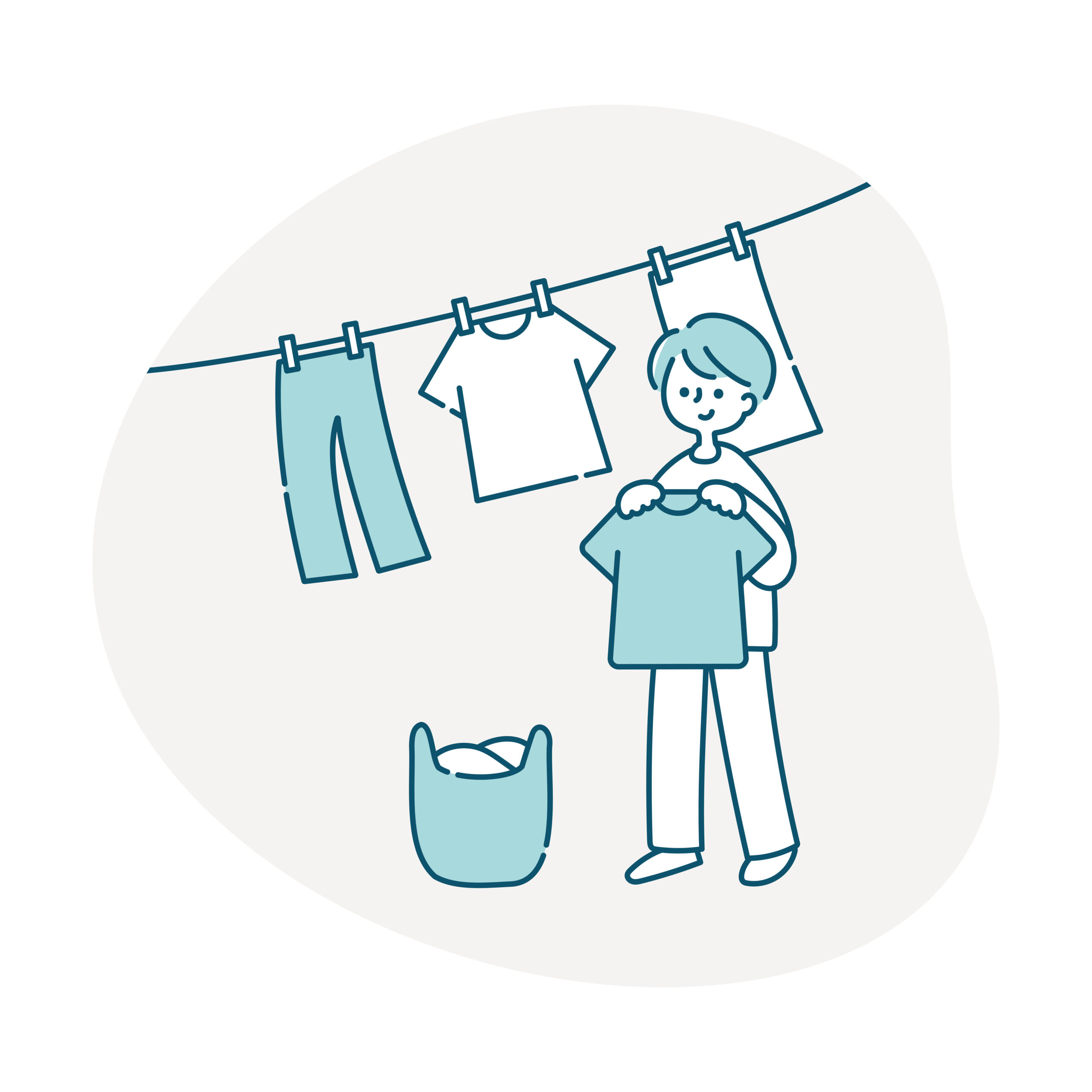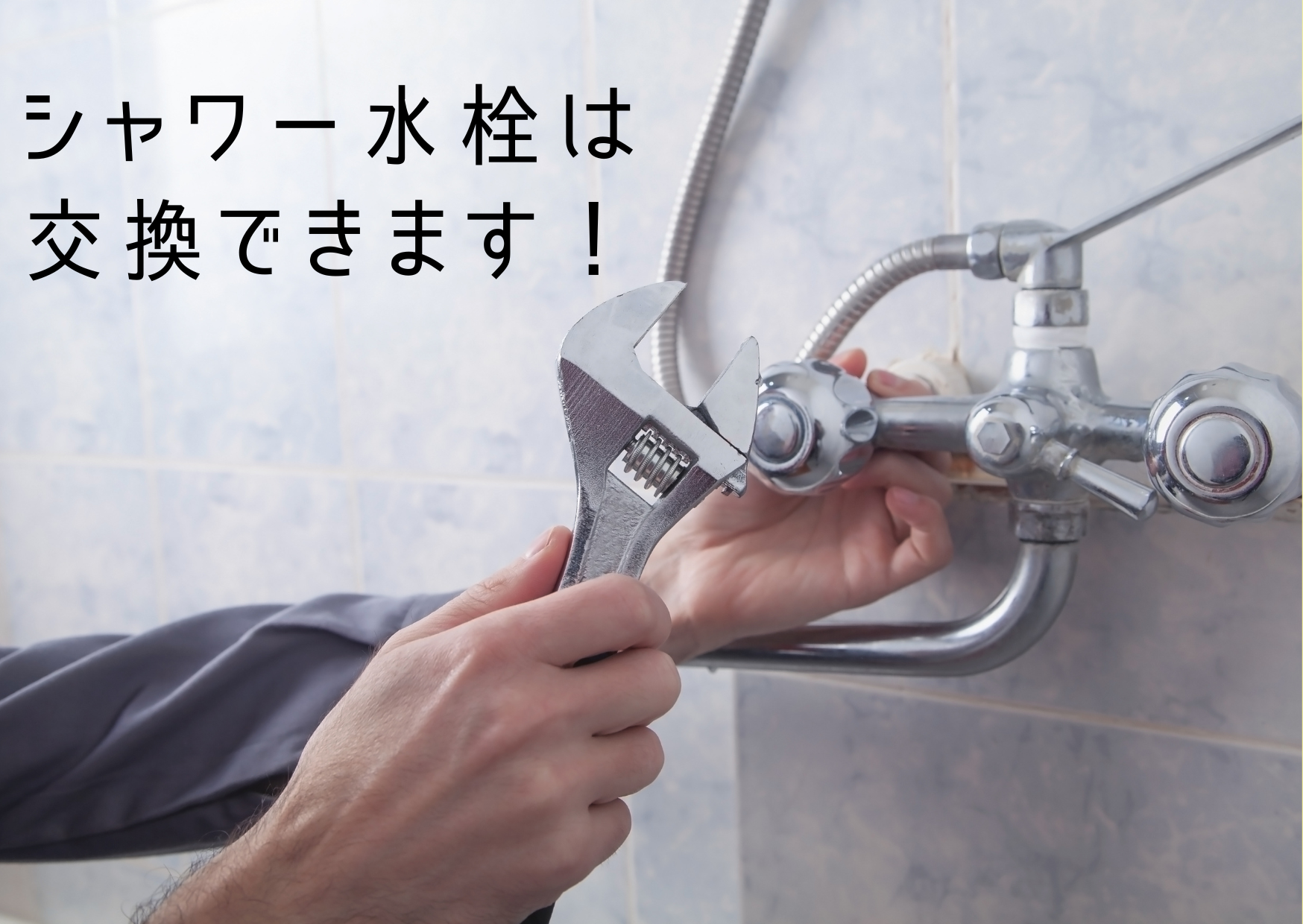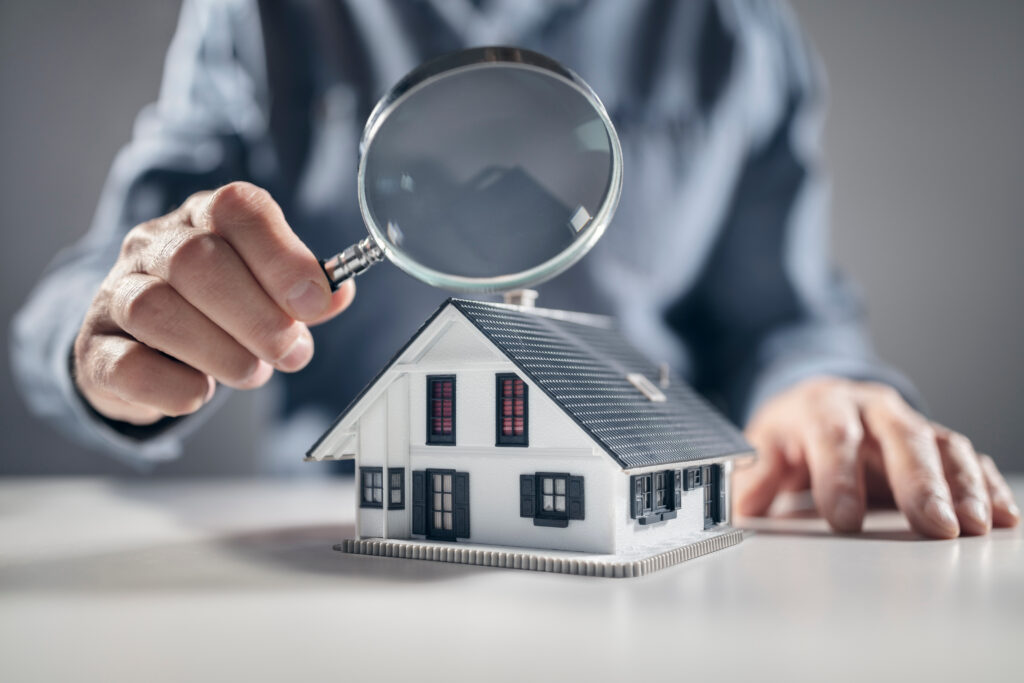COLUMN
Points to note when purchasing and renovating a used condominium
- release date:
- knowledge
◇ Points and precautions when purchasing and renovating a used condominium ◇
With the price of newly built condominiums soaring, more and more people are buying used condominiums and renovating them.
There are many used condominiums in good locations, and they can often be purchased at a more reasonable price than newly built condominiums.
Even if the equipment is old, if you renovate it, you can live in it as comfortably as if it were newly built.
Although condominium renovation is such a popular project, there are some things you need to be careful about.
This time, we will introduce some points and things to keep in mind when purchasing and renovating a used condominium.
目次
1 Points to note when renovating a used condominium
■ Understand “proprietary parts” and “common parts”
The most important thing to remember when renovating an apartment is to understand the “exclusive areas” and “common areas.”
Only the private parts can be renovated.
Shared areas cannot be freely renovated.
Exclusive part
This refers to the portion of a condominium that is owned by the individual owner.
You can freely renovate the living space inside the room (interior, walls, floor, kitchen, bath, toilet, etc.).
However, due to the structure of beams, non-removable walls, pipe spaces (PS), etc., you may not be able to move or work on them even if they are exclusive, so please be careful and check.
common area
This refers to the part that is shared by all condominium owners.
This includes all parts except the proprietary parts explained earlier.
I will explain the proprietary parts and the parts that are easily mistaken.
·Entrance door
・Balcony
・Window glass/sash
The above may seem like a proprietary area, but it is a shared area.
You cannot renovate it as you like because it will affect the appearance of the apartment.
In particular, we often receive inquiries about matching the color of the sash to the interior when renovating it, but this is often not possible, so permission from the management association is always required.
On the other hand, if there is a problem with the front door or the window glass is broken, there is the advantage that the property can often be repaired by the management association since it is a shared area.
■ Can I change the floor plan to my desired one?
One of the benefits of renovation is the ability to create a flexible floor plan.
Newly built properties may have new and clean facilities, but you may have to pay close attention to the floor plan to some extent.
However, no matter how much you renovate, you cannot have 100% freedom in changing the floor plan.
There are often restrictions on changing the floor plan due to structural or management regulations.
If you choose a property without checking these details, you may end up disappointed because you are unable to renovate to the floor plan you desire.
Locations that cannot be constructed due to the structure can be determined from the drawings and management regulations, so be sure to ask the construction company to confirm.
■ Is the apartment building compliant with old earthquake resistance standards?
One thing to keep in mind when purchasing a used condominium is to check the earthquake resistance standards of the condominium.
Many condominiums built before 1981 meet old earthquake resistance standards.
In order to reduce the risk of earthquake damage as much as possible, we recommend a condominium built after 1981 that meets the new earthquake resistance standards if you plan on living there for a long time.
Since shared areas cannot be renovated without permission, it is difficult for individuals to improve earthquake resistance standards.
There is also concern that condominiums that meet the old earthquake resistance standards will have a harder time passing loan approvals.
When purchasing a used condominium, we highly recommend that you take advantage of a home inspection.
Simply put, a home inspection is a “health check of your home.”
A third-party expert (home inspector) will assess the state of deterioration of the house, defects, areas that need to be repaired, approximate costs, etc. and give advice from a professional perspective.
Home inspections may be unfamiliar to you, but in the United States, they are carried out in more than half of real estate transactions and have become common knowledge.
In Japan, it has become mandatory only for transactions of used properties since April 2018, and it is rapidly becoming popular as individuals want to purchase with confidence.
According to the Japan Home Inspectors Association, a home inspection of a building with a building area of about 30 tsubo takes 2 to 3 hours, and the average cost is around 40,000 yen to 60,000 yen for a visual inspection of an apartment.
Choosing to purchase a used condominium and renovate it can reduce costs and increase the possibility of creating a home that suits your lifestyle.
Also, before purchasing, be sure to fully understand the structure of the room, management regulations, etc., and check whether the floor plan renovation you desire is possible.
If you are considering renovating your home, be sure to hire a construction company with a proven track record to help you create a home that you are happy with.
リフォーム・リノベーションをお考えのお客さまは株式会社イエスリフォームまでご相談くださいませ。
相談お見積りには費用はかかりません。
また、リフォーム・リノベーションのセカンドオピニオンもおこなっています。お気軽にご相談ください。
東京都中央区のリフォーム、リノベーションならイエスリフォームにお任せください!
株式会社イエスリフォーム
1F2F, Ouchi Building, 1-3-9 Higashi Nihonbashi, Chuo-ku, Tokyo
FAX:03-6667-0782













